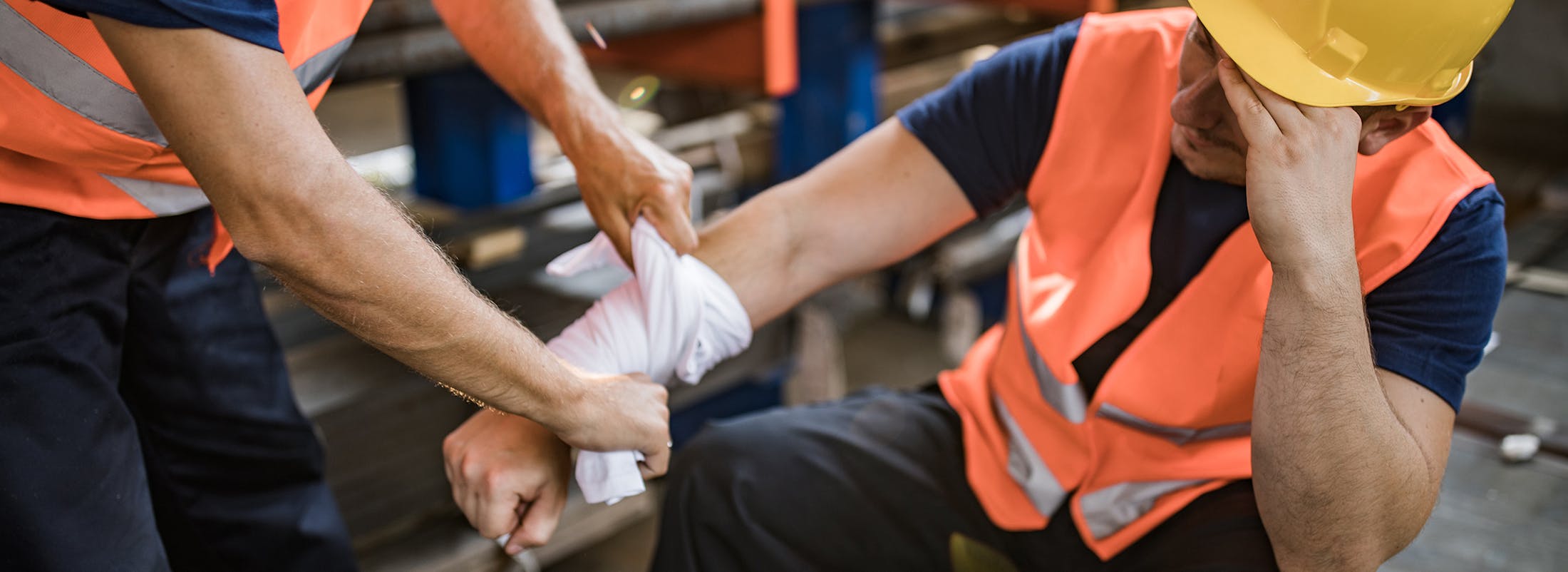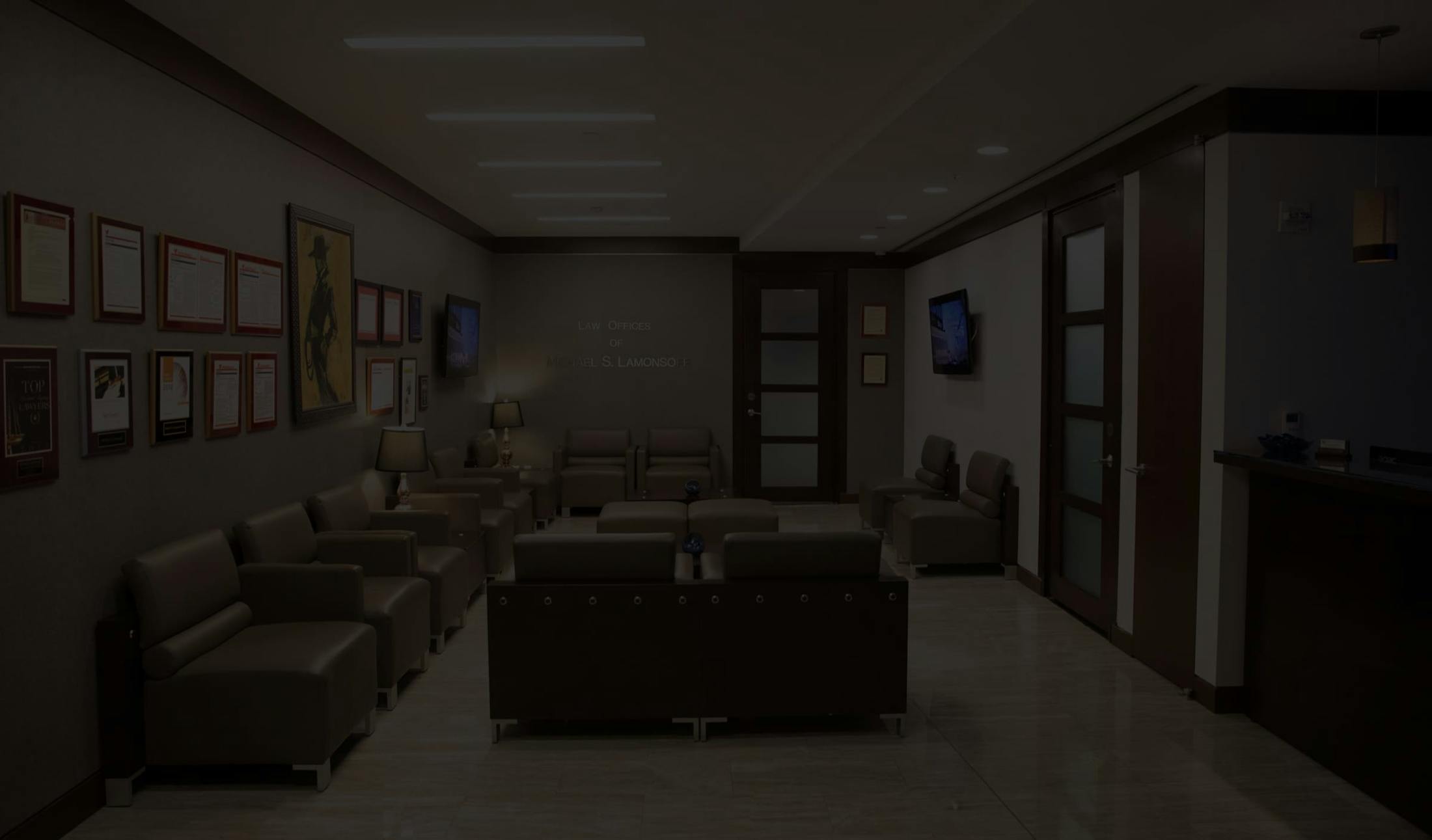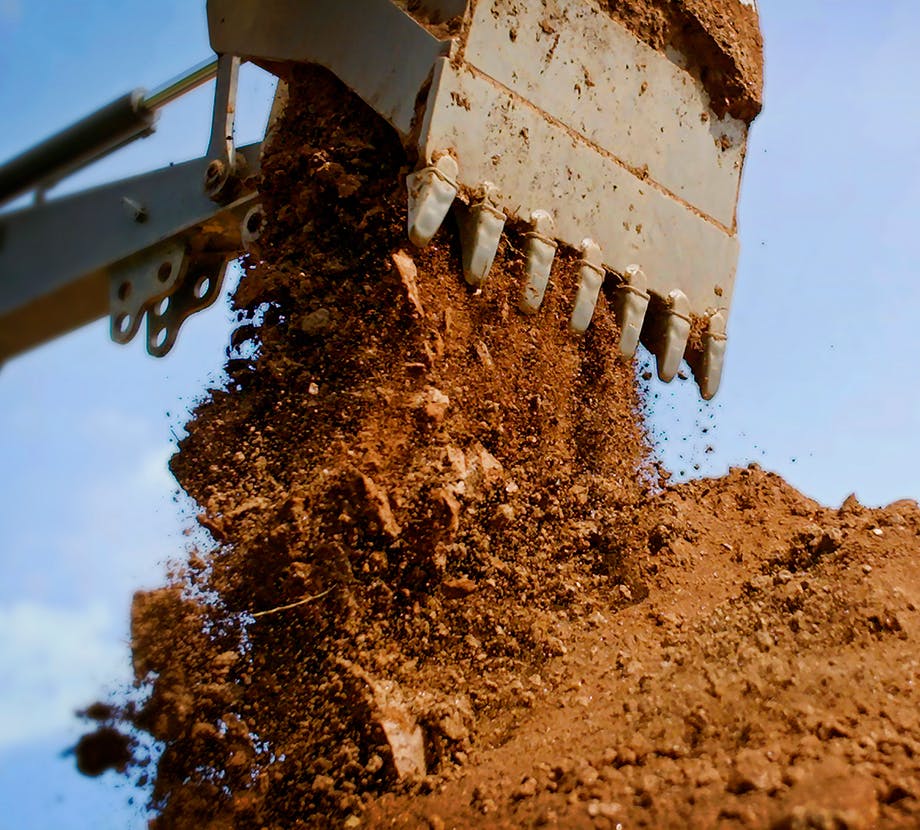Causes of Excavation Accidents on New York Construction Sites
Excavation is one of the most hazardous phases of construction. The dynamic nature of underground work, variable soil conditions, and proximity to utilities heighten the risk. Common causes of accidents include:
Cave-ins
Cave-ins remain the most catastrophic and frequent cause of fatalities in excavation work across New York construction sites. A single cubic yard of soil can weigh over 3,000 pounds, which makes any collapse instantly life-threatening. Without adequate trench protection systems, such as shielding or shoring, walls can give way without warning. The force and speed of soil collapse may trap and bury workers before they have a chance to escape, resulting in asphyxiation, crush injuries, or death.
Lack of Protective Systems
OSHA mandates the use of protective systems in trenches five feet deep or more, unless the excavation is made entirely in stable rock. When contractors cut corners by failing to use trench boxes, hydraulic shoring, or proper sloping, they create highly unstable trench walls. These unstable environments place laborers at constant risk, especially during heavy rain, vibrations from nearby machinery, or unexpected ground shifts.
Contact with Underground Utilities
Striking underground utilities is a common and highly dangerous occurrence. Construction crews frequently encounter electric cables, natural gas lines, water mains, and sewage pipes. Failure to properly survey the area and use utility locators can result in electrocution, gas explosions, severe burns, or flooding of the trench. The chaotic aftermath not only endangers workers but can also affect surrounding properties and civilians.
Unsafe Access and Egress
Trench safety requires more than structural integrity. If ladders, steps, or ramps are not installed at proper intervals—typically every 25 feet of lateral travel—workers may be trapped without a quick way out. During emergencies such as water infiltration or a soil slide, the inability to exit swiftly can be fatal.
Equipment Accidents
Excavation zones generally involve close-quarters operation of backhoes, bulldozers, and dump trucks. Poor visibility, tight confines, and operator blind spots create a hazardous environment. Workers on foot are vulnerable to being crushed or pinned between machinery and trench walls, especially if communication protocols are lacking.
Hazardous Atmospheres
Trenches can quickly become confined spaces with dangerous atmospheric conditions. The presence of low oxygen levels, flammable vapors, or toxic gases like methane or hydrogen sulfide is not uncommon, particularly in urban or industrial areas. Without gas monitoring systems and ventilation, workers may be exposed to respiratory hazards or sudden loss of consciousness.
Spoil Pile Collapses
Soil removed from a trench must be stored at least two feet away from the edge. When excavated material is improperly placed too close to the trench, it can shift or collapse back into the trench, burying anyone below. Proper soil management is critical to excavation safety.




